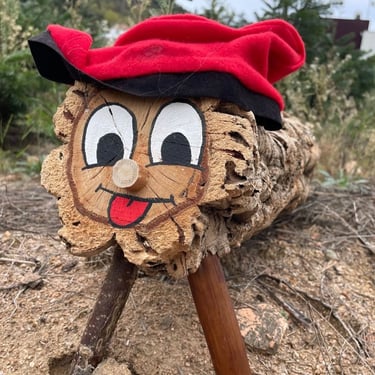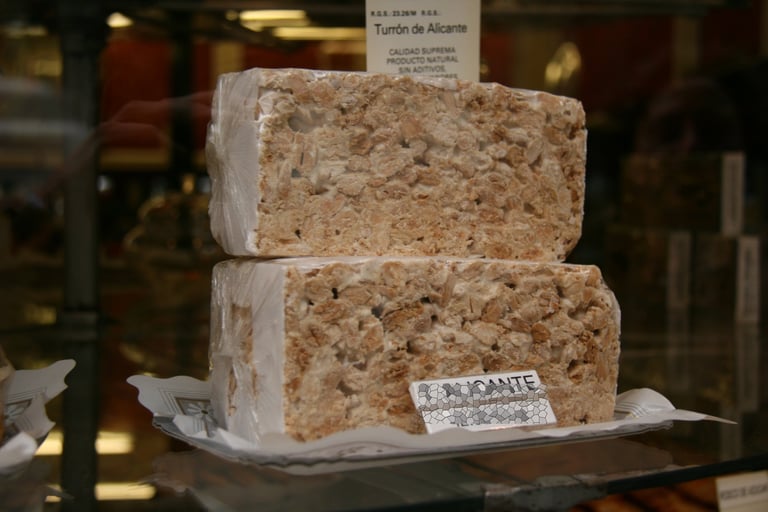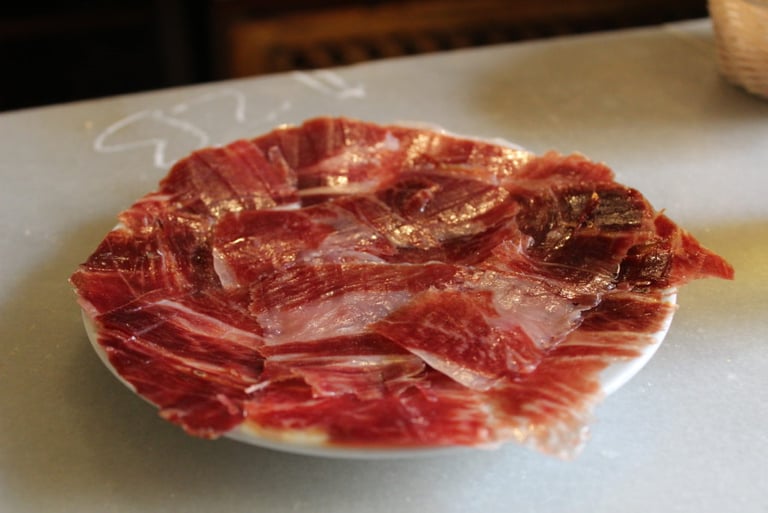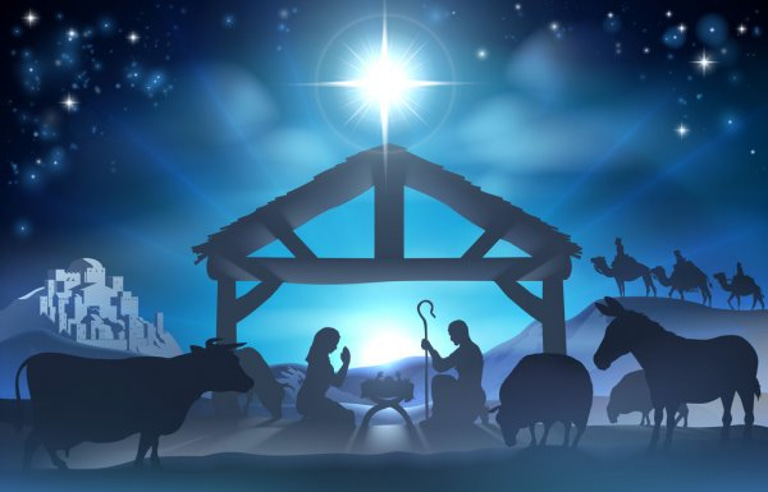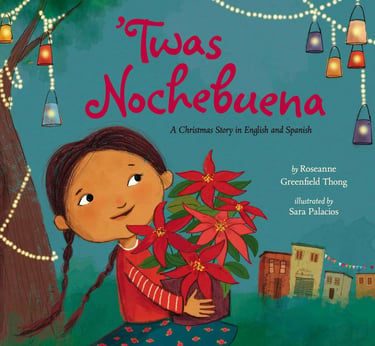Easy Ways to Include Spanish Traditions in Christmas Celebrations
Christmas traditions vary country to country. Explore traditions in Spain including food and festivals.
TRADITIONS
Grace Callahan
11/20/20243 min read
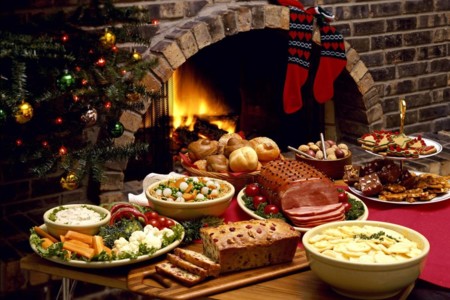

El Caga Tió
One of the most curious and fun Christmas traditions in Catalonia is the "Caga Tió." This peculiar character is a wooden log with a painted smiling face, covered with a blanket. During the days leading up to Christmas, children take care of and feed the log, and on the night of December 24th, they hit the "Caga Tió" with sticks while singing traditional songs, hoping it will "poop" sweets and gifts.
Belenes
Nativity scenes, or "belenes," are an essential part of Christmas decorations in Spain. These representations of the birth of Jesus can range from simple figures in a home to elaborate scenes with moving figures, lights, and sounds. Nativity scenes are displayed in homes, churches, and public squares, and contests are often held to reward the most creative and detailed ones.
La Nochebuena
Christmas Eve, December 24th, is a night of family celebration in Spain. After attending Midnight Mass, families gather for a festive dinner that includes traditional dishes such as seafood, lamb, and, of course, Iberian ham. It is a night of joy and family union, with toasts, Christmas carols, and, in some regions, the exchange of gifts.
Christmas Day
December 25th, Christmas Day, is a quieter holiday compared to Christmas Eve. Families enjoy a long and relaxed lunch, which may include dishes like roast lamb, "sopa de galets" (a typical Catalan pasta soup), and a variety of Christmas sweets. Among these Christmas sweets, "turrón" and "mazapán" stand out, enjoyed throughout Spain.
Epiphany
January 6th, Epiphany, is one of the most important celebrations of Christmas in Spain. According to tradition, the Three Wise Men bring gifts to children, recalling the gifts the Magi gave to Baby Jesus. The night before, children leave their shoes in a visible place, along with some food and drink for the Wise Men and their camels, and find their gifts upon waking up.
Three Kings Parade
On the afternoon of January 5th, the streets of many Spanish cities and towns fill with magic with the Three Kings Parade. These parades include elaborate floats, music, and costumes, and the Wise Men throw candies and small gifts to the crowd. This tradition creates a festive atmosphere and is enjoyed by both children and adults.
Turrón
Turrón is a traditional Spanish sweet consumed especially during Christmas. Made from almonds, honey, and egg white, there are various types, from soft and creamy "turrón blando" to crunchy "turrón duro." It is a must-have on Christmas tables throughout Spain.
Roscón de Reyes
The "Roscón de Reyes" is a ring-shaped cake decorated with candied fruits, eaten on January 6th. Inside the cake, a figurine and a dry bean are hidden; whoever finds the figurine is crowned king or queen for the day, while the one who finds the bean has to pay for the cake. It is a sweet and fun tradition that marks the end of the Christmas festivities.
Iberian Ham
Iberian ham is a Spanish delicacy that cannot be missing from Christmas celebrations. This cured ham, made from Iberian pigs, is appreciated for its intense flavor and delicate texture. It is served in thin slices as an appetizer or part of the Christmas dinner and is a symbol of rich Spanish gastronomy.
Christmas in Spain is a time of traditions, family, and good food. From the peculiar Catalan "Caga Tió" to the majestic "Roscón de Reyes," each region adds its color and flavor to the festivities, creating a unique and memorable experience.
